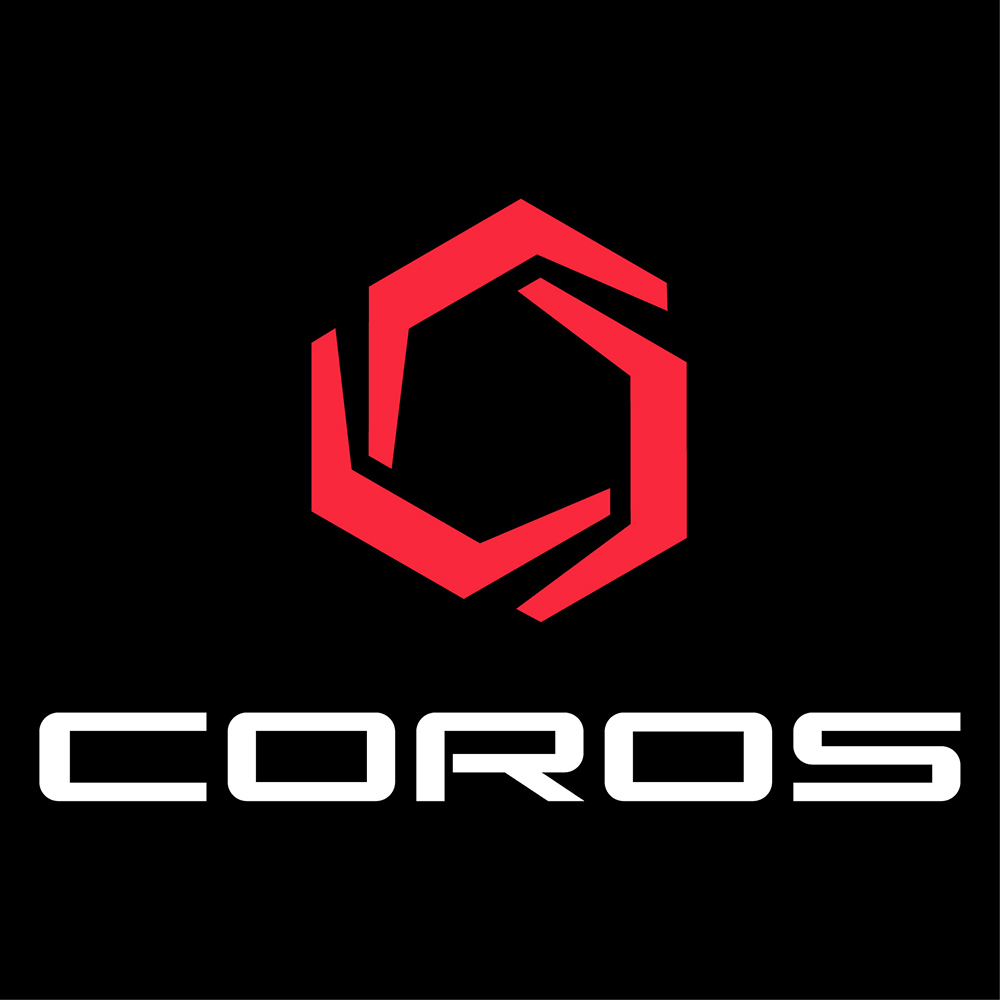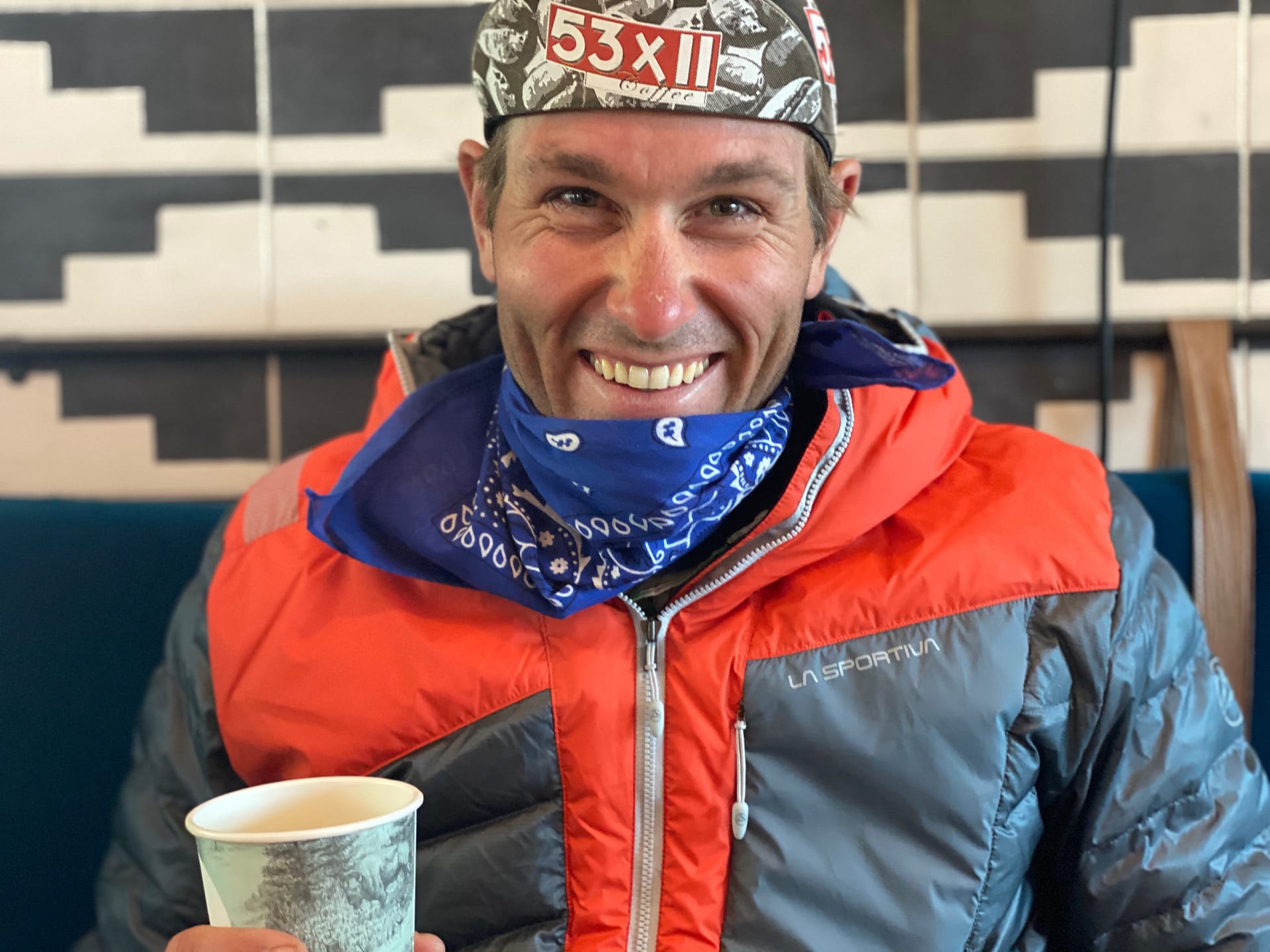Aspire Adventure Running, in collaboration with coach Andrew Fast, has created 2022’s Spring Training Community program. The training plan includes elite concepts for every athlete and monthly webinars that give participants a chance to come together for further insight. The webinars feature presentations from Andrew and special guests discussing fueling, use of technology in training, ways to improve recovery, and the power of mindset. The intent of this program is to lay down a solid foundation of base fitness in preparation for spring and summer objectives.
Training log entry: October 2nd, 2021
“That was hard. It got hot and the legs got wobbly just past the half way mark. Lots of vomiting on the ridge. I may not race tomorrow.”
This entry is from day two at The Broken Arrow Skyrace Triple Crown, a VK + 50km + 25km over three days of racing. The lowest combined time wins. Just after the start of the 50km a few of us started working together. Chatting. Finding rhythm. Finding our legs and laughing along the way. Rolling through the half way point, a volunteer told us we were about 10 minutes behind the lead. Leaving the aid station I felt a switch flip in the wrong direction. Running quickly turned to shuffling with heavy legs and lethargic energy. The group disappeared as my pace slowed. By the time I made it to the high point on the ridge it felt like I was stumbling around like a drunken sailor on a tightrope.
I finished the race sunburnt and very dehydrated. Racing the following day didn’t feel like an option.

Training log entry: October 3rd, 2021
“Great day of running. 3rd place Broken Arrow Skyrace Triple Crown. Today felt easy.”
On day three I woke up, put on my favorite pair of socks and hat, and showed up to the start line ready to work. The miles flew by… and it felt easy. Why? What was so different from day two as compared to the start of day three? Looking back on the experience, I’m reminded of how powerful setting expectations for a session or race can be and how useful developing an awareness for rate of perceived exertion is. Simple as it may sound I didn’t internalize how ‘hard’ would feel when I hit the half way point of the 50km before I started so when that moment came, I spiraled.
http://www.aussiecoachabroad.com
Set Expectations
On the third and final day of racing I rolled out of bed, coffeed up while putting on my run shoes, and headed for the door like any other morning. But unlike the day prior I changed one thing–I told myself today’s run would be hard. That at some point my legs would feel like lead, breathing would be more difficult once we hit 9,000 feet, and that I was in control of my effort. On the short list of things a person can control, perceived exertion deserves a spot near the top, here’s why: we often inflate how we feel.
If we over-inflate a negative feeling, then we often spiral. In a milisecond, we give ourselves a reason and justification for a bad performance. “My nutrition was off. My legs felt dead. I just didn’t feel good.” We set ourselves up for performing poorly.
But it’s not just over-inflating the negative that can get us into trouble. We all experience a performance like my last day of racing, where an incredibly difficult task somehow becomes effortless and easy. Many athletes I work with will finish a race and say, “I could have gone faster.” The athlete then goes on to spend season after season searching for that elusive feeling where the difficult feels easy. Dialing in their taper, nutrition, new shoes, workout stack, and selecting courses that suit their strengths but neglecting to sharpen their sense of what easy, medium, or hard feels like on a regular basis and more importantly tuning into how a session or race should feel before they start. Like a muscle this sense must be strengthened through repetition, but once it’s more clearly defined it becomes free speed in the long run.
Yours in sport,
Andrew Fast, DPT
This month’s Spring Training Community webinar topic is Data & Analytics: Using Individual Heart Rate, Pace, and other Key Metrics to Improve Training and Performance
Our guest speaker is Sport Science Product Marketing Manager at Coros, Derek Dalzell

Join the Spring Training Community to receive the training plan and access the webinars. We’re looking forward to training with you!

Andrew works in Sports Medicine and Performance in Park City with the US Ski & Snowboard Team, USA Cycling, and Project Podium, a Team USA Under 21 Triathlon Development program. He has volunteered at the Olympic Training Center in Colorado Springs, worked with world-class runners in Mammoth Lakes, California, as well as raced and trained with elite-level athletes. Andrew earned his Doctorate of Physical Therapy from Franklin Pierce University in 2015 and started racing as a professional triathlete in 2013. As a clinician, Andrew is most interested in lower quarter biomechanics.
If you are interested in working with Andrew as a personal coach, reach him via email: fastafast@gmail.com or via social media: @fastafast.

